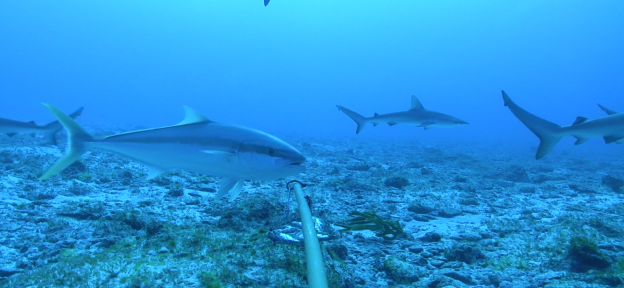The giant mud crab (Scylla serrata) is a beast of a crustacean, capable of reaching 3kg in weight but often caught around the 0.5-1kg range. In Australia, they are distributed in sheltered waters from southern NSW, up through QLD, across the NT and over to Broome, WA.
Giant mud crabs have a short life cycle (3-4 years) and are reproductive machines. Females can carry between 2 – 5 million eggs and migrate up to 95km offshore to release their eggs. The young crabs hatch as tiny planktonic larvae, where they can remain in this stage for several weeks at the mercy of ocean currents. This aspect of their biology gives giant mud crabs substantial capabilities for dispersal.

A giant mud crab (Scylla serrata) chillin next to some mangroves on Mali Island. Photo by Jürgen Freund. Check out more of his amazing wildlife photos here and on facebook at Jurgen Freund Photography – Australia.
Their prized meat and high numbers within estuaries make them a highly targeted recreationally and commercially harvested species. In NSW, annual commercial landings are approximately 100-120t and the annual recreational catch is estimated between 30-60t. The main method of capture by both commercial and recreational fishers are crab pots, however rec fishers also use hoop nets or dillies.
Continue reading →



